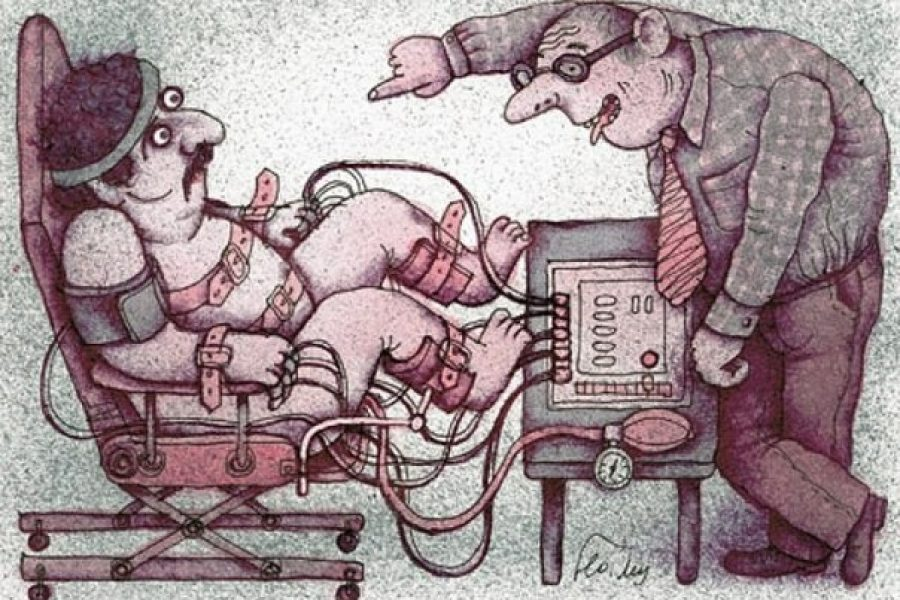Main Uses of the Polygraph
Today, the polygraph is primarily used to solve two main tasks. First, the lie detector is used during investigations. Second, it is used to assess the reliability of certain individuals.
Polygraph in Investigations
The polygraph is useful in various legal proceedings, including court cases, parliamentary inquiries, internal investigations, criminal cases, and more. It can be used to obtain information from the accused, suspects, witnesses, victims, or even the plaintiff that is necessary for the case.
Most often, the polygraph is used in investigations and proceedings at different levels to:
- Reduce the number of suspects
- Determine whether an unlawful act has taken place
- Identify the group of people involved in the unlawful act
- Encourage suspects to give truthful testimony
- Establish whether all information has been disclosed, or if there are facts being exaggerated or concealed
- Obtain additional information
Typically, the polygraph is used to gather information about a specific event (such as theft, forgery, murder, etc.). During the examination, the polygraph examiner determines the level of awareness about certain details or signs, as well as the possible involvement of a person in the act.
Polygraph Screening Tests
Using a lie detector for screening (from the English “screen” — protection, thorough selection) allows for a better assessment of reliability when hiring staff, as well as checking current employees for loyalty and trustworthiness.
The polygraph plays a significant role in human resources. Screening tests are usually used in three main cases:
- When hiring a new employee
- During routine checks of current staff
- During unexpected or random checks of current staff
Employers’ requirements for their employees are usually determined by several factors, such as the social groups the staff belong to, socio-economic living conditions, the specific business sector, and the profession itself.
According to these requirements, different candidates for a particular position may be considered at risk. For example, for private security companies, undesirable factors typically include:
- Connections with terrorists or criminal groups
- Involvement in criminal acts (theft, robbery, burglary, etc.)
- Illegal use, carrying, or possession of weapons, as well as other similar actions
In addition to past offenses, screening tests can also identify personal characteristics that may affect a candidate’s future job performance. These include negative or harmful tendencies (such as alcohol or drug abuse) or health issues (mental disorders, suicide attempts).
A professional approach and adherence to established methods during screening or investigations allow for the accurate identification and distinction between lies and truthful statements made by the person being tested.
When Should You Consult a Polygraph Examiner?
Lie detection is a psychophysiological method that delivers the best results under certain (optimal) conditions. The polygraph is most effective when the interested party cannot confirm or refute the statements or information provided by someone at a particular stage.
The interested party can be an individual or a legal entity, including private entrepreneurs, companies, and various federal agencies. Sometimes, a polygraph test may be the only and irreplaceable way to obtain reliable information. Such cases include:
- No way to obtain information without the participation of a specific person. This is often necessary to confirm or refute facts about someone’s biography or incidents that have not been documented and cannot be verified by other people.
- Obtaining information by alternative methods would require too much time, effort, or resources. A typical example is staff selection and verification. To check every fact listed on a resume and uncover hidden motives, significant human and material resources would be needed.
- Urgency in obtaining information. Sometimes, information is needed within a very short time frame — one or two days, or even a few hours. In such cases, even deploying significant resources may not yield the necessary results.



